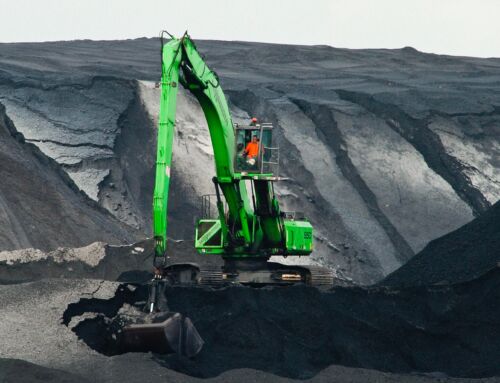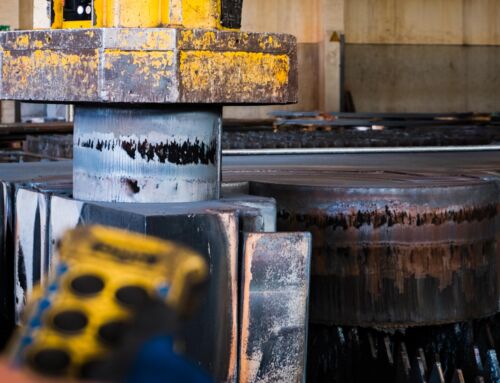Steel, the backbone of modern industry, boasts a fascinating steel history intertwined with human progress. While its roots go back centuries, it was the Industrial Revolution of the 19th century that truly ignited steel’s transformative power.
Early whispers of steel: a glimpse into antiquity
The history of steel is long and rich. While the large-scale steel production we know today emerged in the 19th century, early civilizations experimented with creating steel-like materials. Archaeological evidence suggests that the Hittites in Anatolia (present-day Turkey) may have produced a rudimentary form of steel as early as 1800 BC. These early efforts laid the groundwork for future advancements in steel history.
The industrial revolution: steel forges a new era
The true turning point in steel history arrived with the Industrial Revolution in the 19th century. Traditional materials like wood and stone limited the size and complexity of structures. Steel’s arrival, with its unmatched strength, ushered in a new era of construction. Imagine towering skyscrapers and majestic suspension bridges, previously unimaginable, now becoming a reality. This shift enabled increased urbanization and the expansion of bustling cities.
Steel’s impact extended far beyond aesthetics. It revolutionized production. Steel machinery worked faster and more reliably than its wooden or iron counterparts, boosting efficiency across industries. This newfound efficiency made steel more affordable and readily available, further fueling industrial growth and the global economy.
The bessemer process: a catalyst for change on the steel history
A pivotal moment in steel history arrived in 1856 with the invention of the Bessemer process by Henry Bessemer. This revolutionary technique involved injecting compressed air into molten iron, removing carbon impurities and creating high-carbon steel. The Bessemer process drastically lowered production costs and paved the way for mass production of steel equipment, machinery, and tools. This had a profound impact on the industrial landscape, contributing significantly to the growth of the era.
The Bessemer process did have limitations, not suitable for all steel types. However, through continuous development and incorporation of other technologies, steel production became more specialized, allowing for the creation of high-performance steels.
Beyond bessemer: the rise of specialized steel production methods
Subsequent advancements led to the development of other methods like the Thomas-Gilchrist and Siemens-Martin processes. The Thomas-Gilchrist process focused on removing phosphorus, a key impurity, in the history of steel production. The Siemens-Martin process employed open-hearth and specialized furnaces to refine molten iron, further increasing efficiency and fostering the production of specialized steel grades. These advancements played a crucial role in the 19th and 20th centuries, making steel production more refined and cost-effective.
A world of steel: diverse alloys for diverse needs
As industry evolved, the need for specialized properties became more prominent. This led to the development of various steel alloys.
- Carbon steel, the most common, is a workhorse in construction, bridges, ships, and machinery.
- Stainless steel boasts excellent corrosion resistance and finds application in chemical processing and medical equipment.
- Alloy steel, infused with elements like nickel and chromium, delivers enhanced strength and toughness, making it ideal for aerospace parts and defense structures.
- Tool steel is crafted with high-quality alloys for superior wear resistance, perfect for drill bits, saw blades, and metalworking molds.
Steel today: a material shaping our future
Today, steel remains a vital material, constantly evolving to meet new challenges. Advanced technologies like electric arc furnaces and continuous casting processes have streamlined production, while research continues to develop even stronger and lighter steels for future applications.
Conclusion: a legacy of strength and versatility
Steel’s journey, from its ancient origins to its ubiquitous presence in the modern world, is a testament to its enduring strength and versatility. It has shaped the way we build, manufacture, and live. As we look towards the future, steel remains poised to play a key role in the ongoing advancement of our world.







